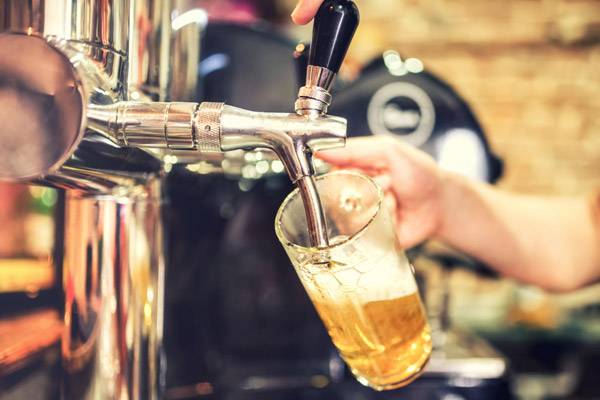Beer, the star of summer (and of winter)
Beer is one of the must-haves at any time of the year. Foamy, refreshing and tasty, this “daughter of hops” is one of the most populardrinks to cool off in high temperatures or to drink along with a good appetizer. In glass bottles or cans and withvarieties to suit every taste, it is difficult to resist temptation.
TRIED AND TESTED
Share

Despite its varieties, beer is the name usually given to the drink made from barley malt or other cereal malts; it is fermented in water with yeast, and flavoured with hops and other plants.
Unlike other products, although beer is an age-old drink, it has never gone out of style. Its qualities and many variations make it not only a classic refreshment, but also an interesting cooking ingredient and object of gourmet tastings and food pairings in gastronomy.
Hops are decisive in its elaboration, because as well as adding a bitter taste, they help its conservation and act as a stabiliser.
Its alcohol content can reach roughly 30°, that is, it can contain up to 30 % alcohol per litre, although it is usually found between 3° and 9°.

TYPES
There are various ways to class beer: depending on the origin, the main ingredient, its alcohol level, colour or brewing method; but the main way to class it is its fermentation.
• Cool Fermentation (Lager)
This beer ferments at low temperature (between 0 and 4°C). They are usually light and mild. It can be pale, lighter or darker, even black. The ideal temperature to serve it is 5°C. It is perfect for hot weather.
Some have a specific name depending on their place of origin. This is the case of Munich beer (darker in colour and rich maltiness) or Vienna beer (milder and reddish). Others are named after their particular brewing processes.
Pilsen beer, named after the Czech town they were created, is the most wide-spread beer in Spain. Pale, light and refreshing, they have a slight hops flavour with mild and fresh notes.
• Warm Fermentation (Ale)
This beer ferments at high temperatures (up to 24°C). Originally from the British Isles, they are very aromatic, with a strong body and flavour. They are ideal for cold climates due to their intense flavour and high alcohol level.
Among warm fermentation beers, there are three subcategories: ale, stout and porter. The two latter have dark shades but porter is milder than stout, which has a stronger flavour, is darker and bitterer. They are made with roasted barley malt and have notes of chocolate and coffee.
• Spontaneous Fermentation (Lambic)
This beer is made with wild yeast that is present in the air and deposited in the wort. With little gas and little foam, this beer has a very fruity aroma.
DIFFERENCE BETWEEN NON-ALCOHOLIC AND 0.0 BEER
In recent years the consumption of non-alcoholic beer has become very popular. Non-alcoholic beer is obtained either by stopping the brewing process or by extracting the alcohol by physical processes.
Despite its name, non-alcoholic beer does contain acertain alcohol level in its production (less than 1%). It is a level so lowthan it is barely noticeable.
0.0 beer does not use fermentation in itselaboration and therefore does not contain alcohol. It is simply a drink madefrom water, barley, malt and hops.
PROPERTIES
• Heart-healthy.
• Helps reduce triglycerides.
• Maintains HDL levels, the so-called “good cholesterol”, which helps prevent artery blockages.
• Contains high levels of silicon which is related to bone health.
• Reduces blood coagulation.
• Encourages digestion.
• Contains vitamin B6, B12 and folic acid.






